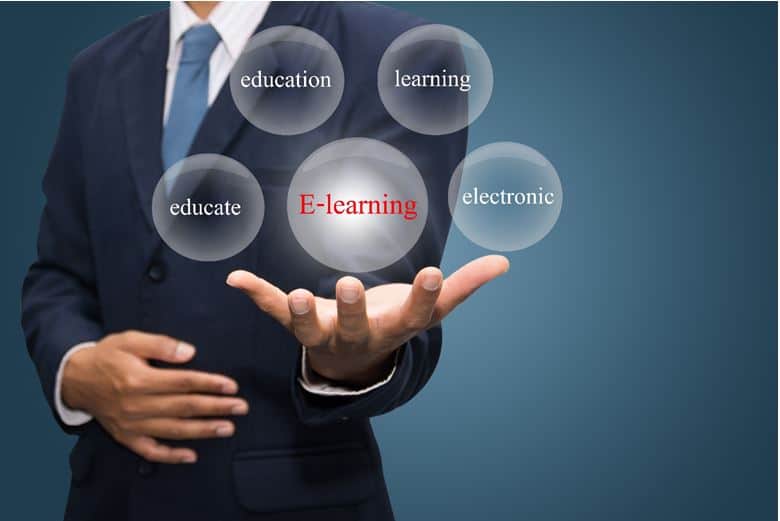The Covid pandemic gave a sudden boost to distance learning as a health and safety tool. This transition brought to light many of the logistical and educational challenges that training program managers have dealt with over the years. This makes 2021 a good time to take a step back to consider strategic aspects of safety learning management programs in general.
A broad view of how a safety program reaches out to workers is valuable because there are competing models of training happening in any organization. Learners in training sessions, classroom education, and professional development opportunities expect different kinds of experiences. To minimize confusion for both safety managers and learners, a clear description of the goals of the safety training program is an important starting point.
There are many ways of describing the goals of a safety training program, depending on the perspective of the person thinking about the program. Here are the top ten ways to optimize your learning management program:
- Supporting a developing safety culture: Upper management interested in improving the safety culture of the organization often ask the training program to serve this purpose.
- Describe procedures: Supervisors and line workers appreciate clear, detailed descriptions of how safety is incorporated into their daily work.
- Demonstrate compliance: Government regulators expect the safety training program to meet specific expectations related to a specific aspect of the organization’s work (e.g., Covid management, chemical waste disposal, or confined space entry).
- Plan for Effective Training: Training is the process of highlighting important safety skills that workers need or may need during a specific part of their work and then providing the opportunity to practice those skills. Virtual learning presents specific problems for this approach because many skills require hands on opportunities for the learner. Training programs require ongoing reinforcement over time. While these different goals can work together, if training content is not carefully planned and delivered, confusion can arise, often because one of these goals dominates over the others.
- Elevate Education: Education provides an overview of a large subject (such as Covid concerns or laboratory safety) and places the skills developed in training in the context of that subject. Good safety education raises awareness of important safety issues and ways to follow up on new issues as they arise.
- Support Professional Development: In contrast to the training and education, professional development focuses on individuals rather than their job and helps them identify opportunities to help move their careers forward. A professional development plan can provide motivation for the training and educational aspects of a safety program.
- Track Indicators of Success: Any ongoing management program requires indicators of success to assess whether it is meeting its goals. While many learning management programs rely on counting specific activities (e.g., number of courses taken or quiz scores) to track progress, this is not a strong indicator of a successful safety program. One way to approach the challenge of identifying the progress of a learning management program is to think about the goals of the program. For example, these indicators may be used to measure training success.
- Trend workplace inspection results: If an organization has a consistent ongoing workshop review program, qualitative trends in the results of workplace visits can help identify the strengths and weaknesses of the safety training and education program.
- Identify specific behaviors: In some situations, specific behaviors are important enough to use as indicators of success. For example, in a Covid management program, mask wearing in the workplace is a high-profile measure and data is easily collected about it. It is important to note that behavior-based indicators must be carefully considered, because focusing on a single item in the workplace can overemphasize that importance of that element and skew safety behaviors in undesirable ways.
- Monitor program evolution: One sign of a successful program is that the content evolves over time, in response to both new concerns and feedback from both trainers and students. A static learning management program is a sign of unrecognized issues may be emerging in the workplace.
Conclusion
Just as a sales program requires the support of a marketing effort, a general environmental, health and safety outreach method is needed to support oversight of the specific safety related decisions that occur on a day-to-day basis. The recent pandemic disruption provides a good opportunity to examine the connection between these elements of an organization’s safety program.
For more details: Click here & Contact SafetyStratus Now
AUTHOR BIO

Ralph Stuart, CIH, CCHO is the Environmental Safety Manager at Keene State College in Keene, NH. He has over 30 years of experience in addressing Indoor Air Quality concerns and optimizing laboratory ventilation for safe energy conservation. He is the past chair of the American Chemical Society’s Committee on Chemical Safety.



